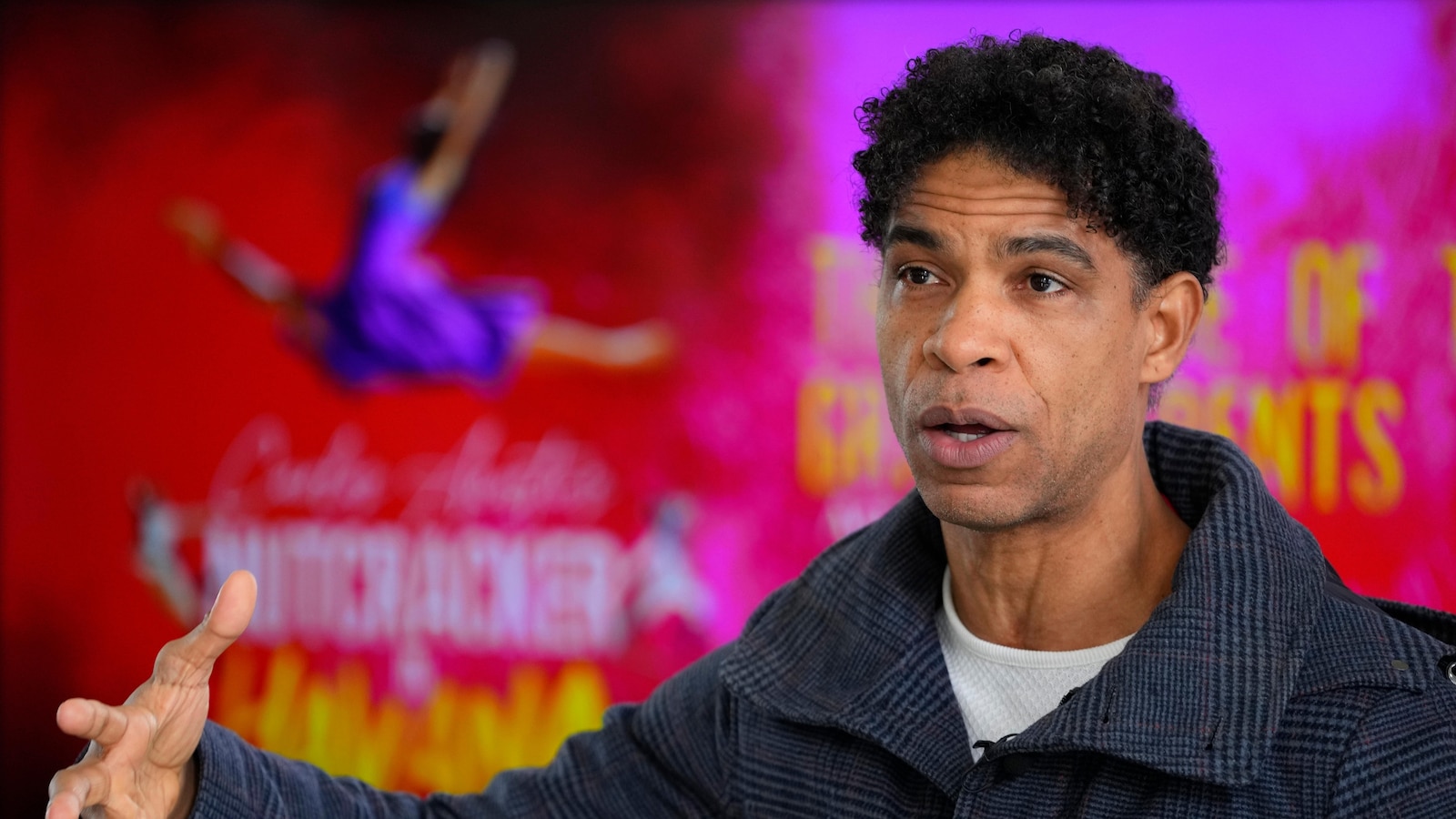
Carlos Acosta, the renowned ballet dancer originally from Cuba, has graced the stage with performances of “The Nutcracker” numerous times throughout his illustrious career. However, he is embarking on a new creative venture by infusing this beloved ballet with the rich culture and music of his homeland.
In his latest production titled “Nutcracker in Havana,” Acosta is taking a fresh approach by relocating the traditional narrative to Cuba and blending classical ballet with the vibrant street dances of Havana. This innovative rendition will feature a reimagined score drawing from Tchaikovsky’s timeless music, interwoven with lively Latin jazz, bossa nova rhythms, and Cuban folk melodies.
Speaking at the launch of the production in London, Acosta expressed his excitement about this unique adaptation, stating, “It’s the ballet I’ve most performed in my entire career … but this is going to be a Nutcracker completely different to all the rest of the Nutcrackers out there. It’s going to be joyful, it’s going to be happy just like Cuban people are.”
The performance, scheduled to tour various cities in the U.K. starting from November, will showcase a talented ensemble of around 20 dancers from Acosta Danza, the dance company founded by Acosta in Havana in 2016 following his retirement from classical ballet.
For Acosta, this project represents a nostalgic journey to his roots, having grown up in a challenging neighborhood in Havana as the youngest of 11 siblings. Despite starting his ballet training relatively late at the age of 9, he defied expectations and ascended to the pinnacle of the dance world.
Acosta’s groundbreaking achievements include becoming the youngest principal dancer at the English National Ballet at 18 and later making history as the first Black principal dancer at London’s prestigious Royal Ballet, where he dedicated 17 years of his career.
Stephen Crocker, the chief executive of Norwich Theatre in eastern England, emphasized the importance of diversity and inclusivity in this reinterpretation of the classic European tale by a Black artist. The goal is to engage a broad and varied audience, including those who may not have previously considered attending ballet performances.
Crocker commended Acosta’s innovative approach, stating, “It is exquisite what Carlos has done by taking the balletic choreography and fusing it so wonderfully. So for ardent, technical dance fans, there is a lot to see. But for those that might be new to dance, I’d say come and give it a go.”
Despite his current focus on choreography and direction at the age of 50, Acosta admits to missing the thrill of performing on stage and has no immediate plans for complete retirement from dancing. He remains optimistic about his future in the spotlight, stating, “Definitely, the stage is there in my mind. One day it’s going to be the end, but we’re not there yet. I’m trying to postpone that day as much as I can.”
